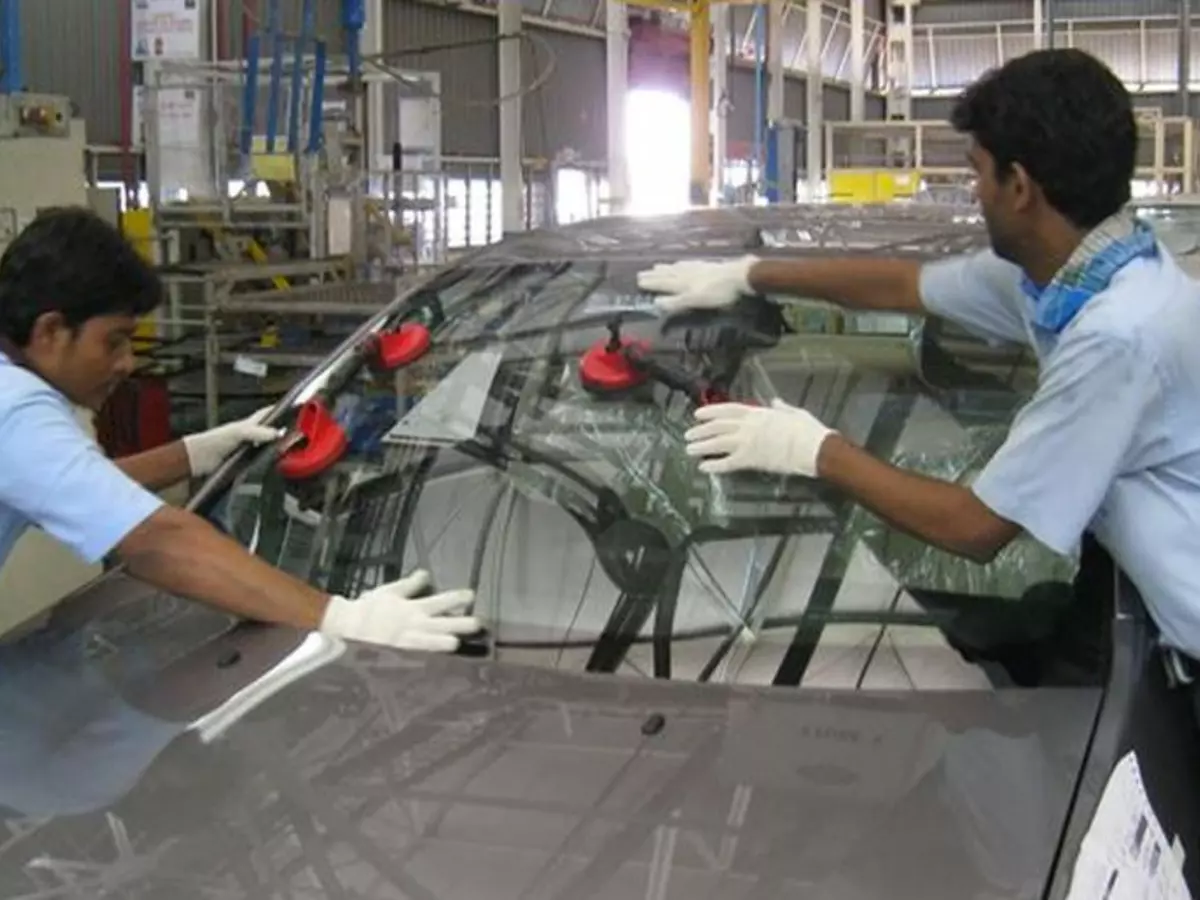10 Lakh Jobs At Risk As Auto Sales Fall To A 19-Year Low, But For Govt All Is Well
In the ninth straight decline in monthly sales of domestic passenger vehicles, the figure fell to 30.9 per cent in July amid a raging fear of 10 lakh job losses in the automobile and allied sectors.

The Indian auto industry is staring at a huge fall down as the sale figures continue to go down every month. The figure fell to 30.9 per cent in July amid a raging fear of 10 lakh job losses in the automobile and allied sectors.
Meanwhile, the entire attention of the nation has been diverted to the unprecedented events in the Kashmir Valley, which is itself amidst turmoil and under a complete lockdown with no relief in sight.
This is no ordinary downslide. Consider this: As per data released by industry body Society of Indian Automobile Manufacturers (SIAM), the total passenger car sales were 2,00,790 in July 2019 as compared to 2,90,930 in July 2018. Two-wheeler sales were down by 16.82 per cent to 1,511,692 as compared to 1,817,406 in July 2018.

The auto sector accounts for nearly half of India's manufacturing output. "If this industry goes down, then everything gets hurt. Manufacturing, jobs and revenue to the government," said SIAM Director General Vishnu Mathur.
He maintained that SIAM data shows that commercial vehicle (including medium, heavy and light commercial vehicle) sales plunged by 25.71 per cent with 56,866 vehicles being sold in July 2019 as compared to 76,545 in July 2018.
Three-wheeler sales down by 7.66 per cent with 55,719 units being sold in July this year as compared to 60,341 sold in the same month last year.
Total vehicle (including two- and three-wheelers) sales were 1,825,148 as compared to 2,245,223 units sold in July 2018.
"The auto industry has witnessed 3.45 lakh job losses due to the slowdown. Nearly 300 dealership outlets have shut vanished, resulting in 2.3 lakh people losing jobs," said Mathur.
"Another one lakh job losses have been reported by auto component manufacturers and 15,000 job losses by original equipment manufacturers (OEMs). Besides, 10 lakh jobs are under threat in vendors or component manufacturing segment of the auto sector," he said.
The auto industry employs over 3.5 crore people directly and indirectly.

The biggest slump of 21.81 per cent was seen nearly two decades back in December 2000 and to put things in perspective, this is the worst state of the Indian automobile sector, arguably the backbone of employment, ever since.
The industry thrived and caught pace during the second half of former prime minister Atal Bihari Vajpayee's tenure, two Congress-led UPA governments under Manmohan Singh but is currently under extreme duress.
So are we missing something here?
What we do not find in times of crisis like this is ministers and legislators of the ruling regime showing any concern to address the issue. For every goddamn thing on the planet, a finger is being pointed to the valley and being shouted at the top of their voices that the 'national interest' is paramount for the Narendra Modi-led NDA government at the centre.
As if saving jobs, let alone creating new employment opportunities, is not in the national interest. A quick glance through the social media profiles of key BJP leaders will reveal how deliberate this distraction for the Indian public is. Every two hours, there are tweets by them evoking patriotism with regards to the situation in the Kashmir valley. But there is an almost deafening silence on their part when it comes to addressing the issues related to the downslide in the economy, job losses and the current pressure on the auto sector.

The Prime Minister boasted that the reorganisation of J&K will bring new employment opportunities and investment in the valley by putting a full stop to terrorism. Well, here is the rest of India for a case study.
If the figures have fallen down to these worrying levels in a sector as prominent and potent as the automobile, what prosperity does the government hope to usher in the valley where life has turned hell under massive military deployment (read brutal suppression) with utter disregard for fundamental rights?
At best, this is both a distraction from the government's failure as well as representative of its misplaced priorities which will do great harm to the prospects, the GDP, the per capita income and the economy of India. And it is happening at a rate more alarming than predicted earlier.
With ANI Inputs
